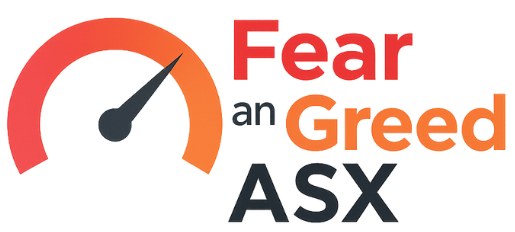Now the American auction with three consecutive dunes, and 30 years, is a major price of 2BP tail. The message is that the American curve should be more and more. The Hawkish kit is a good reminder that sterling rates should not be closed to the Davish mode in the United States. Slowing the quantitative hardness will not easily help a record 30 years of production.
We miss another auction.
The United States saw a 2BP tail (effectively secondary market level incentives), which, according to the price, is the most effective auction of the week, due to its duration. This week, three auctions are constantly in a row, which is enough. This shows where the curve is currently there is a bit of trouble. One of the auction message that the curve should be more. And on the basis of 30 years of auction, too fast. This week, the three auctions have managed to eliminate the positive continuity, which we had last Friday’s payroll.
Finally, the end of the curve will be held accountable for the original supply of deductions in the feed rate in the next months (if they are located). But the more we go out on the curve, the less sure the reaction will be for less absolute rates. An exciting aspect of the 30 -year auction was a response to both 30 years production and 30yr Sofr rate. Both rose after auction. There was no material width at a 30 -year exchange rate. This shows that the 30 -year auction (Treasury) credit was not due to the problem, but because of the problem of absolute rates. The deduction of funds may not be enough to change it, resulting in a sharp curve, which is likely from both ends.
Bank of England: A hawksh cut and QT were not blamed for record gland production
The sterling rate is struggling to resist Davish mode in US prices, but the Bank of England (BOE) meeting reminds us that the UK is still in the Hawash area. We got a cut, but the communication and the distribution of votes did not support further deductions to come close. The markets now have a full 25BP kit priced only by February, which deviates from the pre -cost quarterly pattern. Mutual relations with American dynamics are always very high for sterling rates, but we think this meeting should be emphasized on maximum disconnection. If the end of the US curved letters decreases at the expense of feeding, the GBP rates should be thought twice before following the suit this time.
The BOE also provided an analysis of the effects of quantitative (QT) on the production of the gland, but the overall tone does not guarantee dramatic change in bond sales. In September, the bank will decide whether to continue to reduce the glamor portfolio to $ 100 billion annually, which is relatively faster than the speed of the QT. The amount of effect is difficult but the BOE actually attributes the global factors to the greater increase in long history gland production, while QT only plays a relatively relatively small portion. Reducing a speed of $ 80 billion per year can reduce the pressure on 30y glands, but does not change the structural background. The markets may have to gain more confidence in the (global) financial point of view, before the curves decrease in the back end.
Friday events and market views
Very little on the agenda in terms of data and events. We have the bullet of the chief economist of the Bo, which should be of interest after Thursday. Issuing an important government bond is not scheduled.
***
Delivery: This post is produced by ING for a particular user’s sources, financial situation or investment purposes, fully for information purposes. This information is not recommended for investment, nor is it offered or applicable for investment, legal or tax advice or to buy or sell any financial device. Read more
Original post




